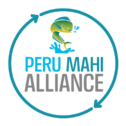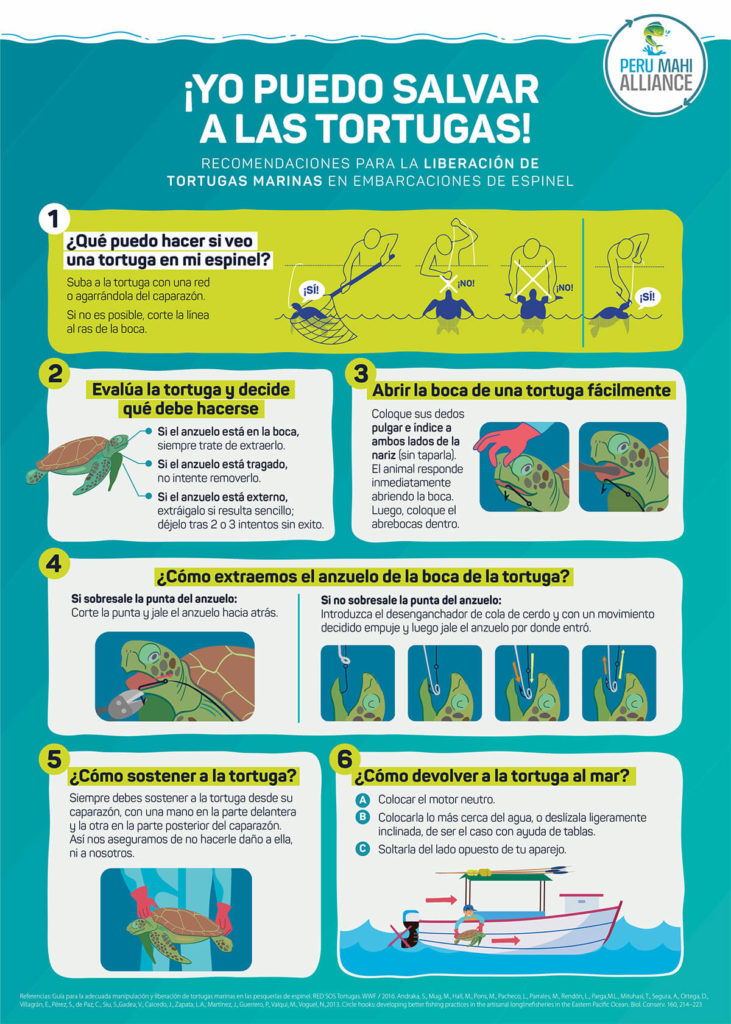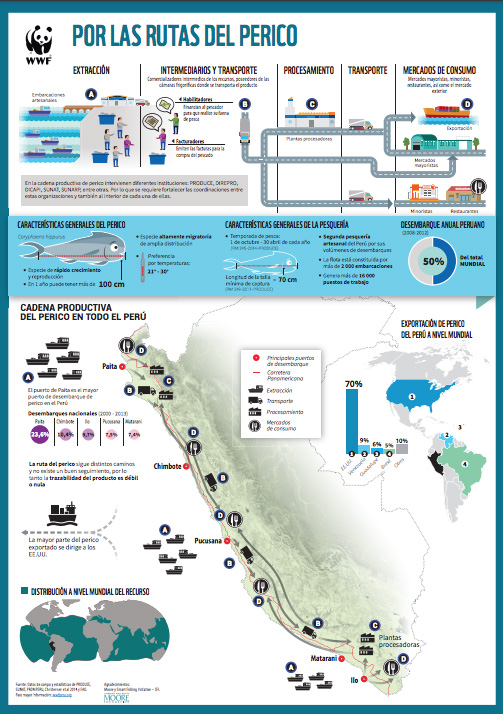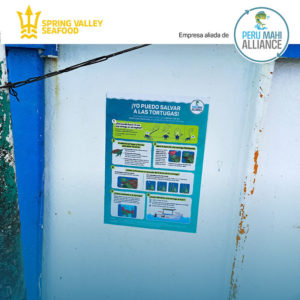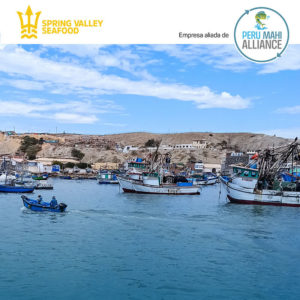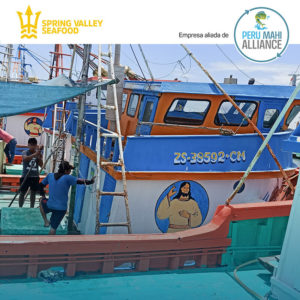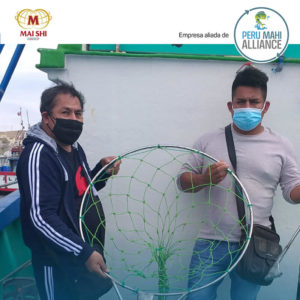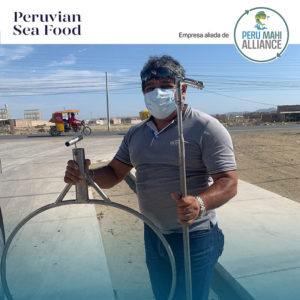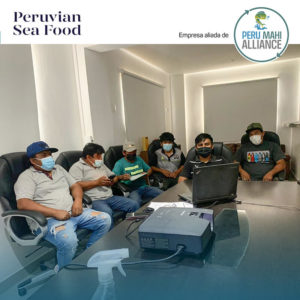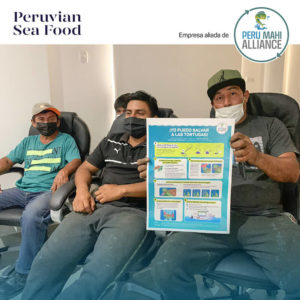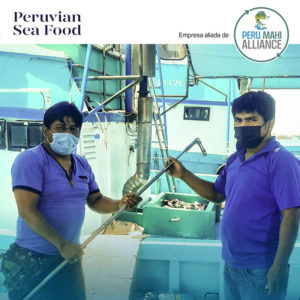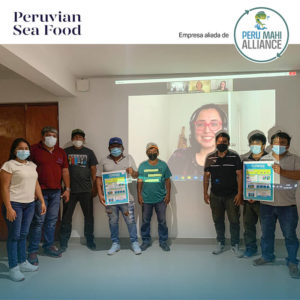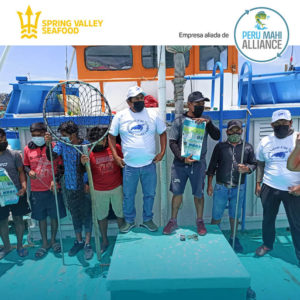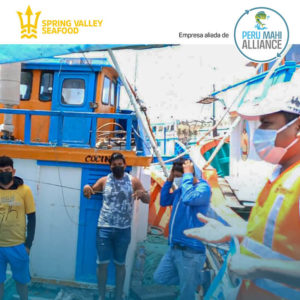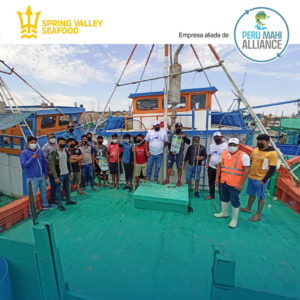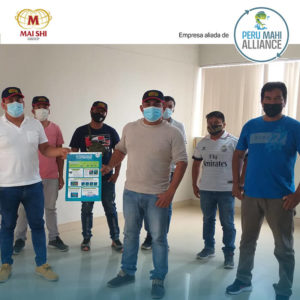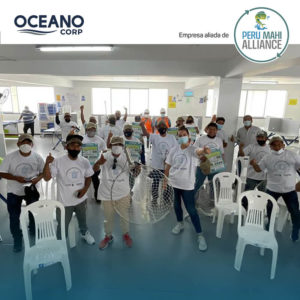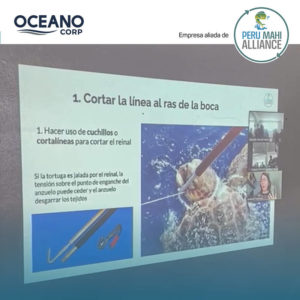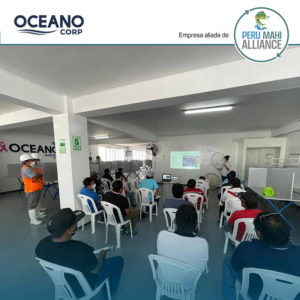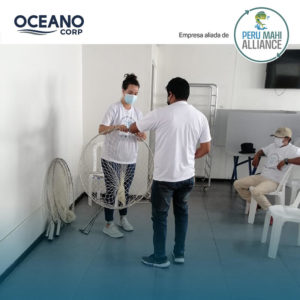-
A FISHERY COMMITED
TO A HEALTHY ECOSYSTEM
GOOD PRACTICES


Release of sea turtles and other bycatch species.

Implement a traceability system,

Foster remote electronic monitoring of mahi mahi.

Collaborate with IMARPE to collect samples for the development of biological research of the resource.
SEA TURTLE RELEASE
All companies are committed to train artisanal fishermen of at least three vessels that provide them with mahi mahi, before each fishing season, in the correct handling and release of sea turtles caught incidentally during their operations. Moreover, they receive tools for the release of such species. This commitment is critical, because turtles are umbrella species for the marine ecosystem. If we properly release them, we contribute to their conservation, increasing their survival rate.
If you want to learn more about good practices on sea turtle handling and release, check out this material:
GUIDES
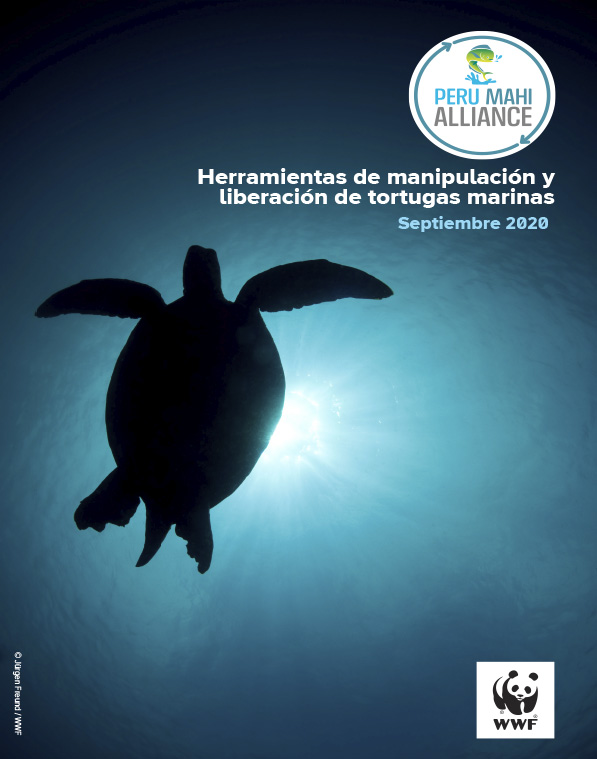
Pocket Guide for an adequate handling and release of sea turtles
Guide to purchase and fabricate release tools
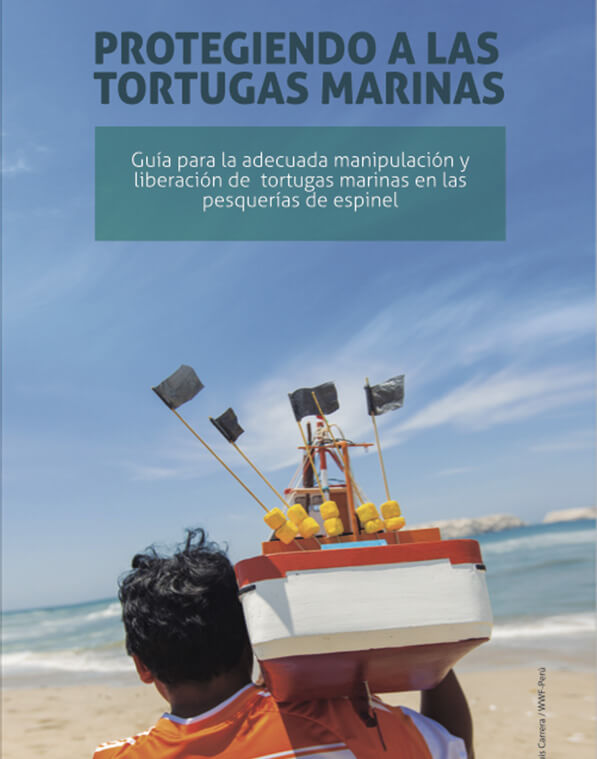
Protecting sea turtles
Pocket Guide for an adequate handling and release of sea turtles
MAHI MAHI TRACEABILITY
All companies are committed to use traceability systems. It is the main tool to fight back illegal fishing and contributes to better monitoring, control and surveillance of fisheries, ensuring individuals are not informally captured.
As of October 2021 and April 2022 seasons, together with WWF, a traceability pilot for the Peruvian mahi mahi started. The objective is to get information on the extraction in order to digitally share this with processing plants. In this way, we can demonstrate its origin and route to our main buyers in a short period of time.
Learn how the pilot works through the following material:
VIDEO
REMOTE ELECTRONIC MONITORING OF THE MAHI MAHI
One of the biggest challenges facing the mahi mahi fishery is the lack of information. For high-altitude artisanal fisheries (i.e., mahi mahi), it is difficult to collect information since there are over 2,000 vessels at sea and trips last over 20 days.
An alternative to accurately collect information and transmit it in near real-time are the Remote Electronic Monitoring (REM) systems, which is a camera-based system that captures images periodically and has the technology to identify species and measure the size of target species. Thus, in the current mahi mahi season, the PMA, together with WWF and the support of leading artisanal fishermen, is implementing a pilot program for electronic biological-fishery monitoring in 9 vessels distributed in northern and southern Peru.
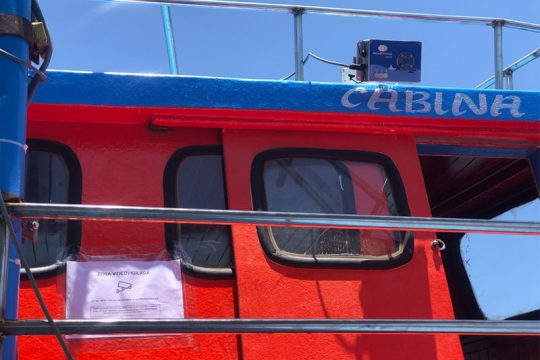
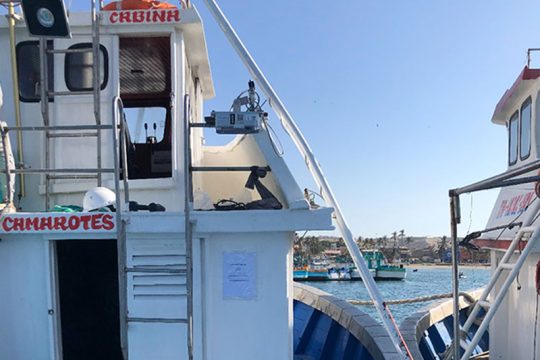
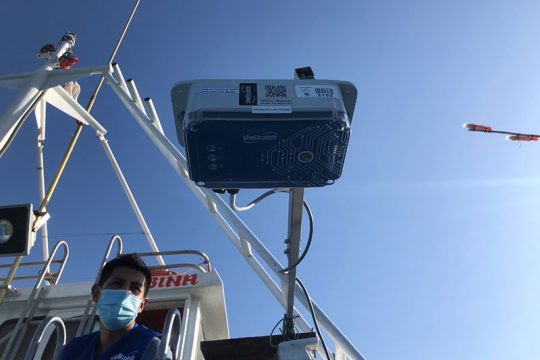
COLLABORATIVE RESEARCH
Since 2020, the PMA joined efforts with IMARPE to generate biological and reproductive data on mahi mahi. PMA companies are committed to donate at least seven samples of mahi mahi per season to the Peruvian Sea Institute (IMARPE), in order to support research endeavors.
It is worth mentioning that each company not only delivers samples, but also coordinates with the vessels that supply them with mahi mahi in order to have individuals handed out to IMARPE with relevant information on geographical coordinates of capture, date and time, fishing gear, duration of the fishing operation, etc.
This pilot has already produced results. Download the report made by IMARPE and learn more:

Sample Pilot Report 2020-2021
Guide to purchase and fabricate release tools
